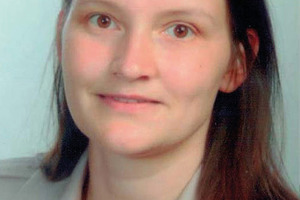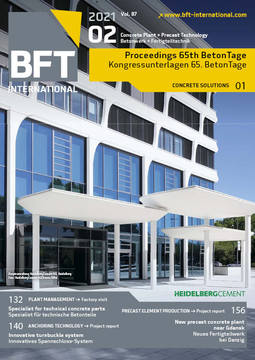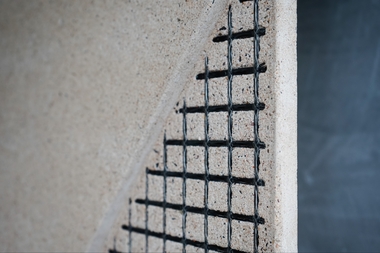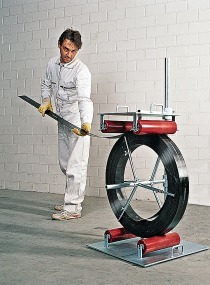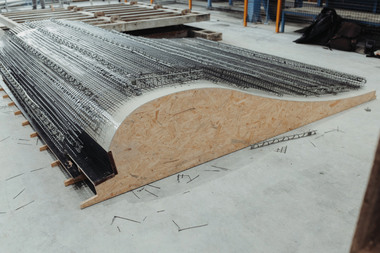DAfStb guideline on “Structural concrete members with non-metal reinforcement”
Developments in the field of non-metal types of reinforcement are emerging both in Germany with the C3 project (e.g. [1]), technical approvals and pilot projects, and in Europe with the incorporation of fiber-reinforced polymer reinforcement (FRP) in Eurocode 2. The German Committee for Structural Concrete (Deutscher Ausschuss für Stahlbeton; DAfStb) therefore began drawing up a guideline in March 2018.
The DAfStb guideline for structural members with non-metal reinforcement focuses on new construction. The guideline will give priority to the design and the testing concepts. Product requirements and rules for execution will initially be addressed only where they touch on design. To facilitate later validation and knowledge retention, work has additionally begun on creating data bases of projects already realized and research projects.
The guideline draft comprises four parts:
Part 1: design and detailing
Part 2: reinforcement products
Part 3: information on execution
Part 4: Recommendations for test methods
In order to facilitate practical application for some standard cases without undue delay, the scope has been significantly reduced in Part 1. This concerns the type of structural members permitted to be designed based on the guideline without supplementary design rules in the technical approvals on the one hand, and validity limits of the models (e.g. minimum or maximum values for specific material design parameters) on the other.
The scope has been limited as follows:
Unstressed reinforcement (no prestressing)
Members requiring shear reinforcement consisting of bar elements (no fabric)
concrete according to EN 206-1 (excluding lightweight concrete)
structural members with predominantly static loading (no fatigue stresses)
raft foundations are included
no consideration of the reinforcement as compression reinforcement
Due to the reduced scope, it is intended for the draft guideline to be completed by the mid of 2021.


